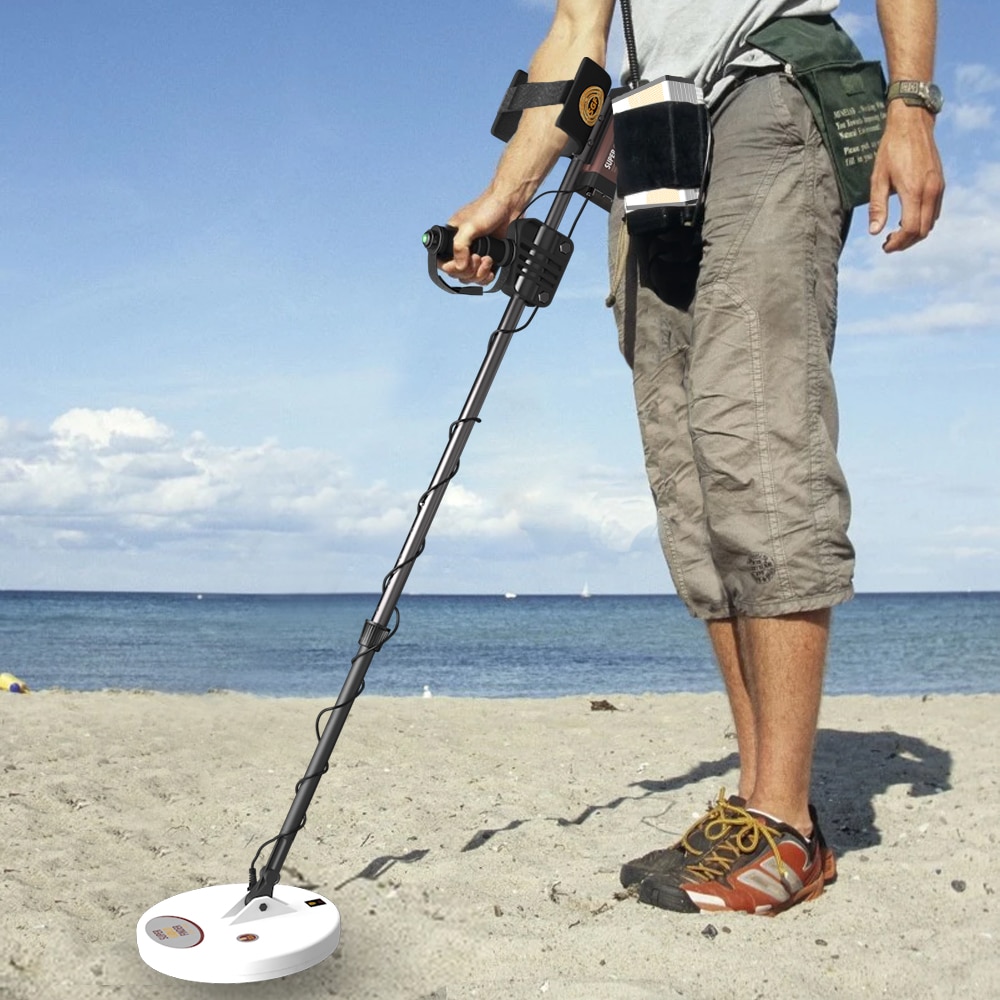Automating the Packaging Process: A Breakthrough in Efficiency
In today’s fast-paced world, efficiency is a key factor in the success of any business. As industries strive to meet the growing demands of consumers, streamlining the packaging process has become a top priority. One solution that has gained traction is the implementation of an automatic filling and packing line, consisting of various packaging machinery synchronized with each other to complete the whole packaging.
As I dive into the world of automatic packaging, I find myself amazed by the seamless integration and synchronization achieved by these advanced systems. The efficiency they offer is nothing short of remarkable. With just a single touch, a range of packaging tasks can be accomplished – from filling and capping to labeling and sorting – all in a fraction of the time it takes traditional methods to complete.
Among the many components that make up an automatic filling and packing line, one that stands out is the automatic bottle filling capping machine. This marvel of engineering ensures that bottles are filled precisely and securely sealed, eliminating any concerns of leakage or contamination. This innovation has proven to be especially beneficial in the pharmaceutical industry, where precision and safety are paramount.
Manufacturers and exporters of automatic filling and packing line equipment, such as pharma liquid packaging lines, have revolutionized the way companies operate. These state-of-the-art machines not only increase productivity but also improve product consistency and reduce the risk of human error. Furthermore, they ensure compliance with strict industry regulations, allowing businesses to meet the highest standards of quality control.
The impact of this technology extends beyond individual companies – it is transforming entire industries. Third-party logistics providers are now able to handle large volumes of goods with ease, meeting tight deadlines and maximizing efficiency. This has led to cost savings for both businesses and consumers, as the streamlined process cuts down on labor and reduces product waste.
From a sales perspective, the introduction of automatic filling and packing lines has been a game-changer. Sales professionals can confidently pitch their products, knowing that the packaging process is both efficient and reliable. They can assure customers that their orders will be fulfilled promptly, reducing the risk of losing potential deals due to concerns about delivery time or product quality.
Magazine editors in the manufacturing and packaging industry find themselves captivated by the rapid pace at which technology is advancing. The automatic filling and packing line is undoubtedly a significant development that deserves attention. Magazine articles featuring these innovations spark discussions on how businesses can optimize their operations and stay competitive in a rapidly evolving marketplace.
So, how does this remarkable system work? One possible structure is an explanatory style, which allows for a clear and straightforward explanation of the process. Let’s delve into this structure to gain a deeper understanding.
The automatic filling and packing line operates on a parallel structure, where multiple packaging tasks are performed simultaneously, without causing any bottlenecks in the production line. This synchronization is achieved through advanced software and sensors that communicate with each machine, ensuring that they work in harmony.
To illustrate this process, let’s take a closer look at a typical pharmaceutical liquid packaging line. The first step involves the automatic bottle feeding, where empty bottles are guided into the production line using conveyor belts and precise sensors. Once the bottles are in position, the automatic filling machine takes over. This machine accurately measures the liquid and fills each bottle to the desired level, maintaining consistency across the entire production run.
As the filled bottles move along the line, they reach the automatic capping machine. This machine securely seals the bottles, ensuring that no leaks occur during transportation or storage. Simultaneously, another machine applies labels to the bottles, providing essential product information and branding.
The production line doesn’t stop there – a final quality control check is performed using advanced vision systems that inspect each bottle for any defects. Any faulty bottles are immediately removed from the line, preventing substandard products from reaching the market.
In conclusion, the introduction of automatic filling and packing lines has revolutionized the packaging process in various industries. With the ability to synchronize multiple packaging tasks seamlessly, companies can achieve unprecedented levels of efficiency and productivity. The automatic bottle filling capping machine, along with other innovative equipment, ensures precise and secure packaging, even in highly regulated industries like pharmaceuticals.
As technology continues to progress, we can expect further advancements in the field of automation. The automatic filling and packing line is just the beginning of a new era in packaging efficiency. Businesses that embrace these cutting-edge technologies will reap the benefits of increased productivity, improved quality control, and ultimately, an enhanced reputation in the marketplace.
Automatic Packing Line
“Efficient Pharma Liquid Packaging Line: Automatic Filling, Capping & Packing Machine”

